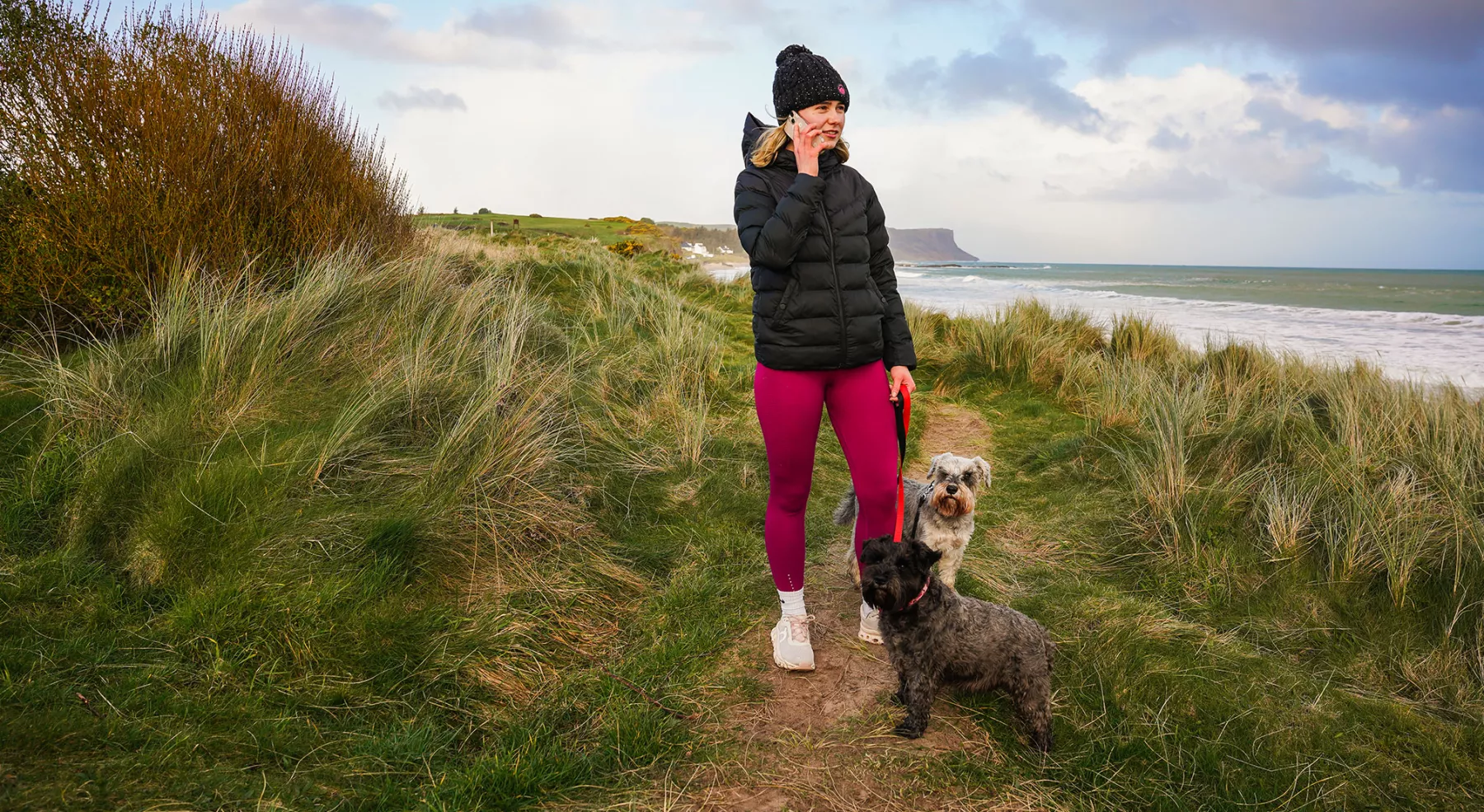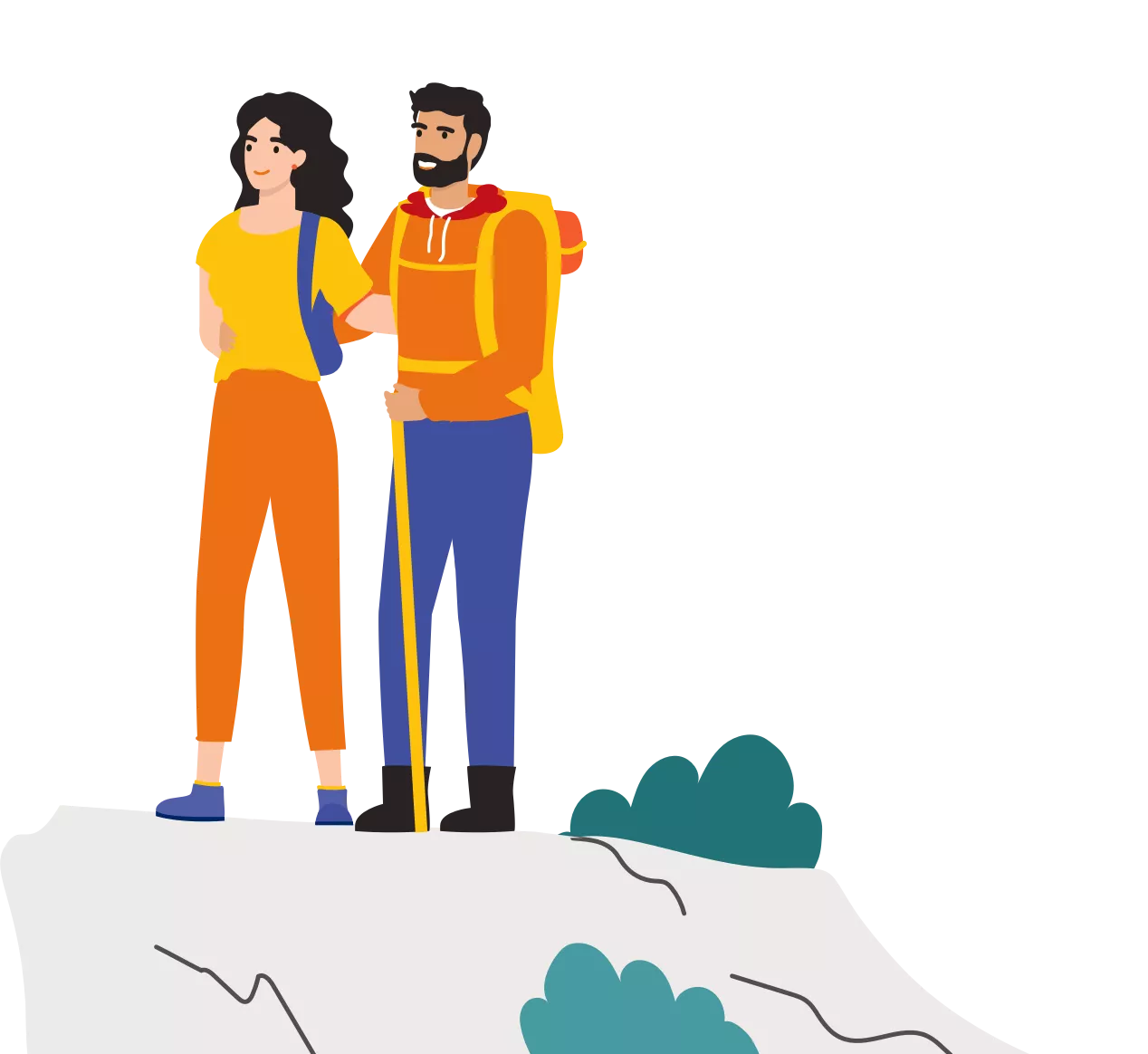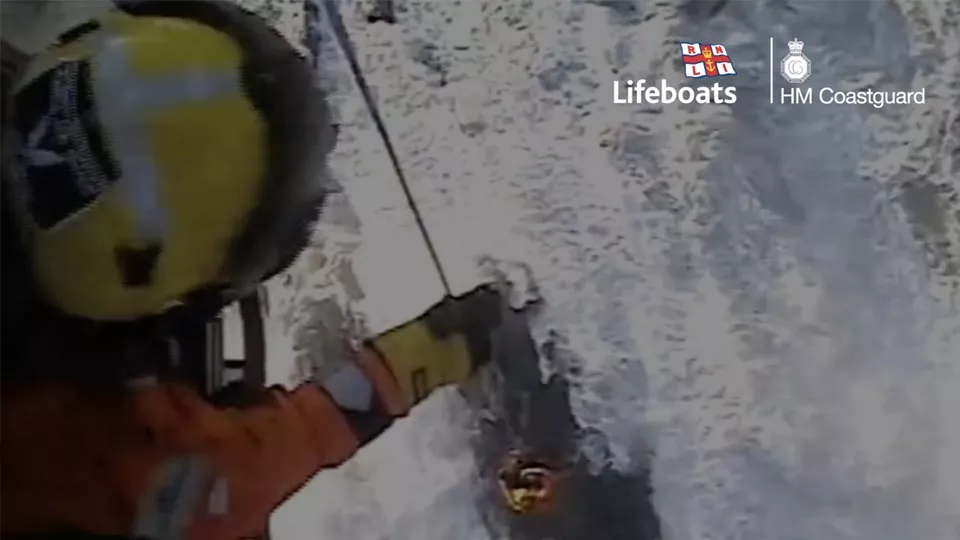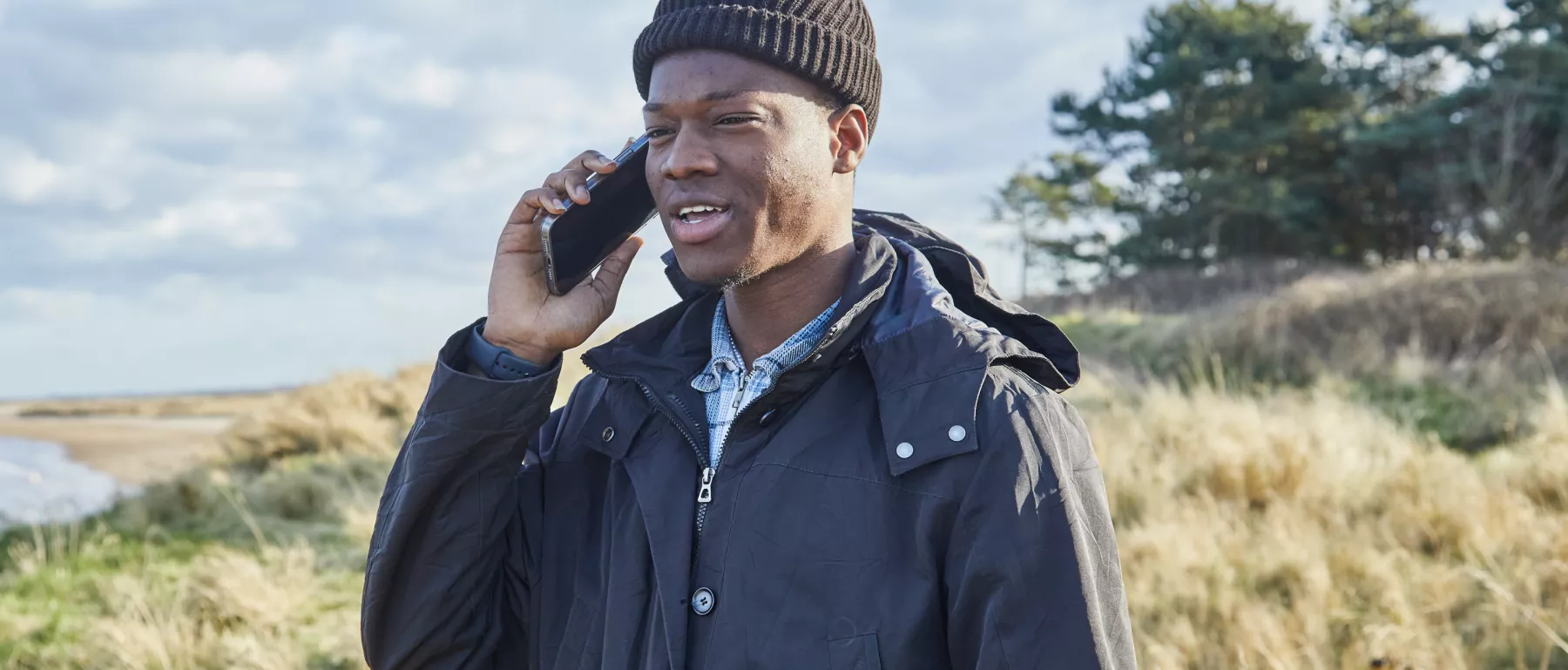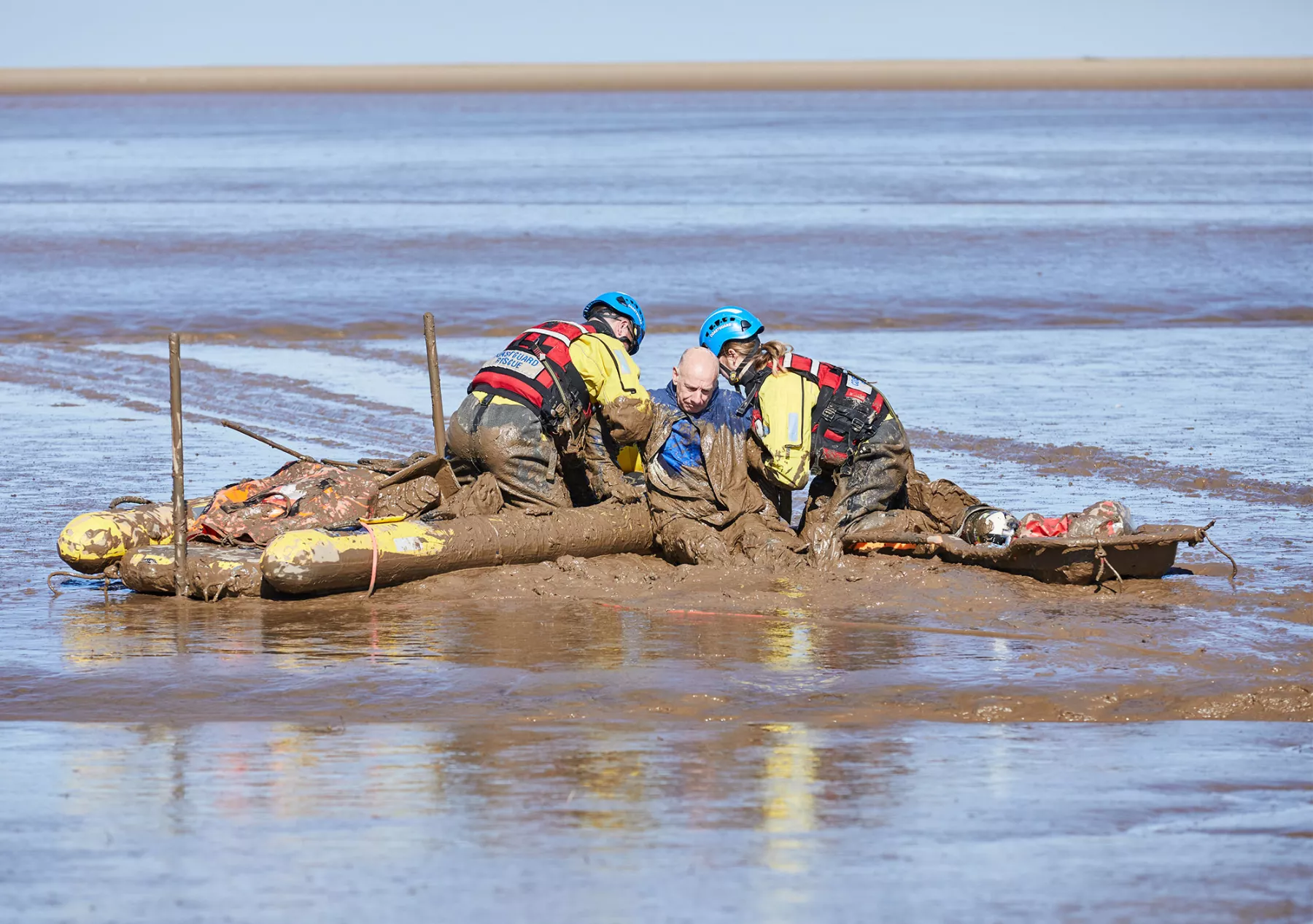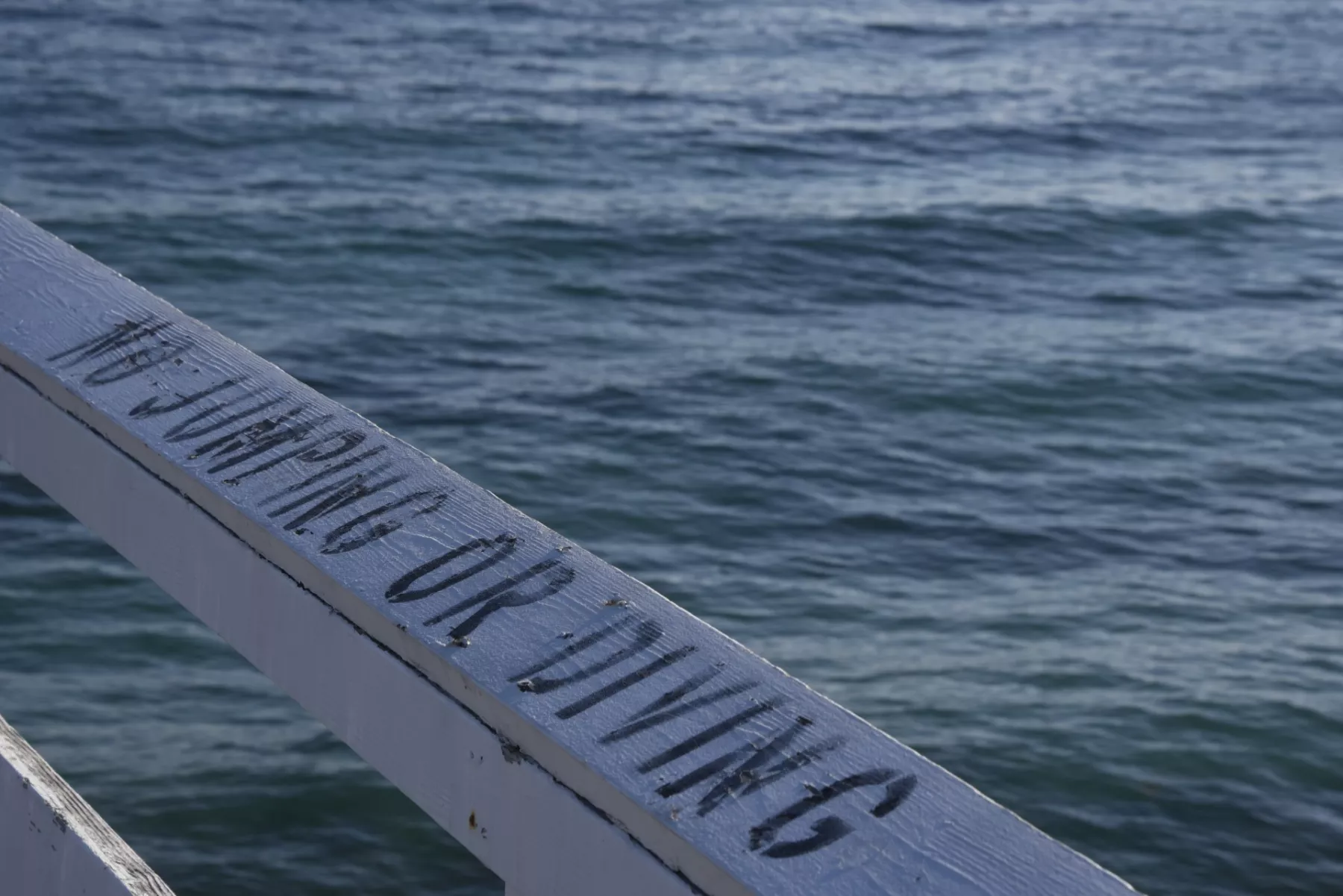The UK has some of the biggest tidal ranges in the world which can easily catch you out. Most coastal locations experience two high tides and two low tides each day, with the water depth changing by as much as 10 metres. Tide times and heights vary throughout the month – luckily, tides follow a predictable pattern so it’s easy to plan your coastal visit.
Rapidly rising water can trap you in isolated bays, coves or on sand bars, often with little or no warning and no easy escape route.
Reduce the risks:
- Check the weather forecast and tide times before you leave home.
- Take a mobile phone and make sure it’s charged.
- Explore as the tide is going out and make sure you have time to get back as it comes in.
- Make sure you know where all the exit points are, if you're visiting a beach or bay.
- Keep an eye on which direction the tide is heading. Walking further along may not be an option as the water can come in along channels and block your way.
- Tell someone where you are going and what time you’ll be back, especially if you're going alone.
- If you get trapped by the tide try to find a safe location, call 999 and ask for the Coastguard.
